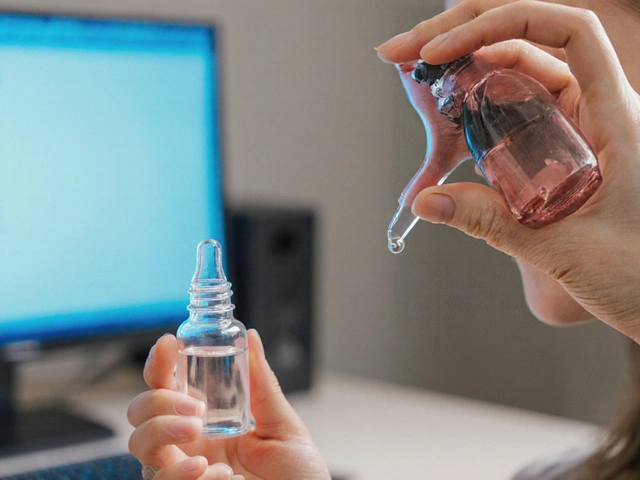Graviola (Soursop): What It Is, Benefits, and How to Use It Safely
You've probably heard the buzz about graviola, also known as soursop, in health forums and supplement aisles. This tropical fruit from the Annonaceae family makes a splash because people say it can boost immunity, help with inflammation, and even fight cancer cells. Before you pop a capsule or add fresh pulp to your smoothie, let’s break down the real facts, practical uses, and what to watch out for.
Health Benefits & Common Uses
Graviola is rich in vitamin C, B vitamins, and several antioxidants like acetogenins. Those compounds are what give the fruit its tart‑sweet flavor and its reputation for supporting the immune system. Many users report feeling more energetic after adding a small dose to their daily routine.
Some lab studies show acetogenins can slow the growth of certain cancer cells in a petri dish, which fuels the hype about "cancer‑fighting" properties. However, human trials are still limited, so it’s not a proven cure. What does work in the real world is the fruit’s anti‑inflammatory effect, which can help ease joint aches or mild digestive discomfort.
In traditional medicine across the Caribbean and South America, graviola leaf tea is used to treat fever, cough, and even malaria symptoms. Modern users often brew the dried leaf or take standardized extracts for these purposes. If you’re looking for a natural way to support digestion, a tablespoon of fresh graviola pulp mixed with water can act as a mild laxative.
Safety, Side Effects, and Buying Tips
Even natural products can have risks. High doses of graviola leaf extract have been linked to nerve damage (peripheral neuropathy) in a few case reports. This mostly happens when people take concentrated powders for months without breaks. To stay safe, stick to the recommended dosage on the product label—usually 500 mg of standardized extract once or twice daily.
Pregnant or nursing women should avoid large amounts because there isn’t enough safety data. If you have low blood pressure, watch your intake; graviola can sometimes lower it further, causing dizziness.
When buying, look for products that list the exact concentration of acetogenins or the percentage of fruit extract. Third‑party testing seals (like USP or NSF) add another layer of trust. Fresh fruit is best sourced from reputable tropical growers—check that it’s ripe (soft to the touch) and free from bruises. Frozen pulp can be a convenient alternative, just make sure it’s frozen quickly after harvest to preserve nutrients.
Start with a low dose, see how your body reacts, and then adjust if needed. Pairing graviola with a balanced diet and regular exercise gives you the best chance to reap any potential benefits without overdoing it.
Bottom line: Graviola offers promising antioxidants and anti‑inflammatory perks, but it isn’t a magic bullet. Use it responsibly, choose quality products, and keep an eye on any side effects. Your health journey will thank you for the common‑sense approach.

Graviola: The Natural Dietary Supplement That's Taking the Health World by Storm
Graviola, also known as soursop, is gaining serious popularity as a natural dietary supplement packed with antioxidants and potential wellness benefits. This tropical fruit is showing up in everything from teas to capsules, catching the attention of anyone interested in boosting immune health naturally. People are talking about its possible roles in fighting inflammation and even supporting healthy energy levels. But what's actually behind all the hype? Let’s break down what makes graviola the new star in the world of supplements and how you might use it safely.




